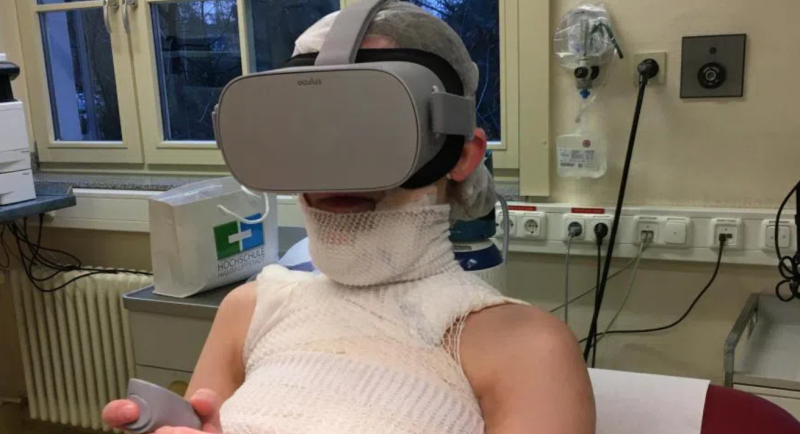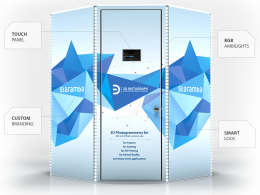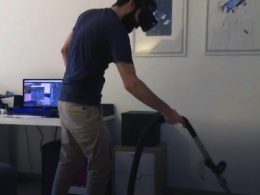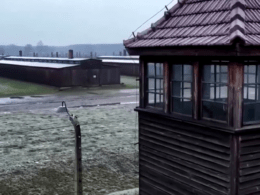Paediatric surgeon Dr Markus Palta from Hamm Protestant Hospital relies on Virtual Reality (VR)to distract the children during the treatment and thus alleviate the pain they experience. A VR experience is used in which snowballs are thrown at pyramids.
Injuries resulting from burns are often associated with severe pain. The treatment of burns is correspondingly traumatic. Particularly in children, severe pain has psychological as well as physical consequences. Hospitals therefore endeavour to alleviate the experience of pain during medical interventions and make it as pleasant as possible, especially for children. Distraction can help here, for example via VR and gaming, thought a paediatric surgeon, a university professor, a CIO and a Master's student - and launched a pilot project.
The experts had high hopes for VR due to its great immersion potential, i.e. the ability to make users' consciousness fade into the background to such an extent that they perceive virtual reality as real and consequently no longer feel pain or fear. "Children are experts in gaming, so we wanted to pick them up," says Dr Markus Palta, paediatric surgeon.
Oculus go and Smash hit
In the end, the stand-alone VR glasses Oculus go won the race for the VR glasses, as they can be used without cables and are easy to clean and sanitise. The game decision was made in favour of the freeware Smash hit, because the fun factor is high here and enough interaction is required to ensure that it doesn't get boring and the distraction works. In this game, snowballs are thrown at pyramids. "The icy landscape has a cooling effect on the children," says Palta, explaining another advantage of the game.
In addition to the 3D glasses that the child is wearing, an additional screen is provided so that the nursing staff know where the patient is in the game. This allows interventions to be adapted to the course of the game.
In addition, a treatment plan had to be drawn up, staff had to be briefed on the use of VR and gaming and a suitable focus group had to be formed: eight children aged between nine and 17 with burns and fractures. The parents of the injured children also had to be informed and involved.
Reduced medication, less pain
The VR project came to an end in February 2021 with convincing results: the patients found the dressing changes significantly less painful, as pain scales show, and required less drug therapy. The children now even linked these interventions with positive associations.
"Across the board, all the children thought that the treatment took much less time than in reality," adds Palta. This was the biggest surprise and the main result of the study, he emphasises. The children were also less afraid of follow-up treatments and were looking forward to the opportunity to use the VR glasses again. The positive experiences of the staff and parents should also not be neglected: the latter in particular were highly satisfied and grateful.
Everyone involved is convinced that the VR approach is worthwhile, even if the personnel costs and treatment time are higher.
The topic of VR in pain treatment is to be further expanded at EVK Hamm in future, for example in anaesthesia and in adult treatment.
Source: cio









